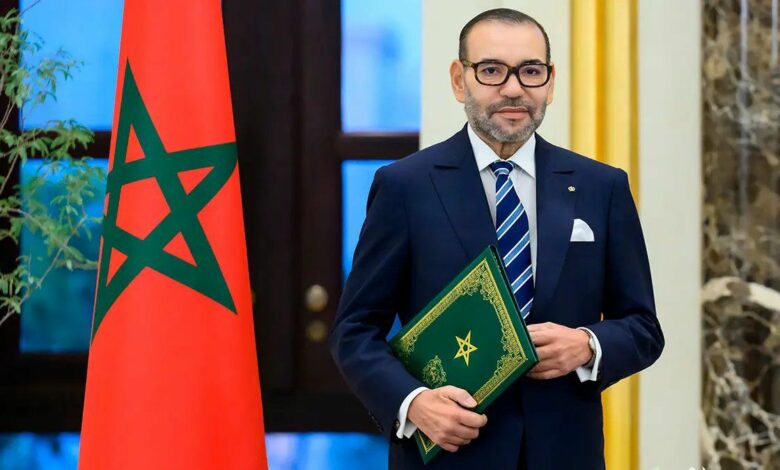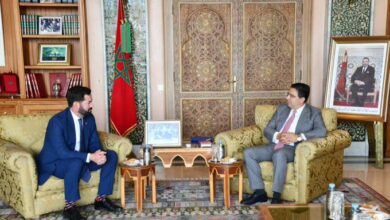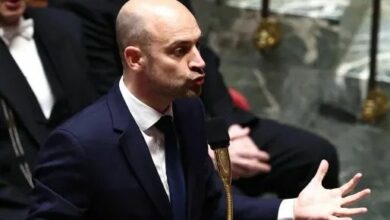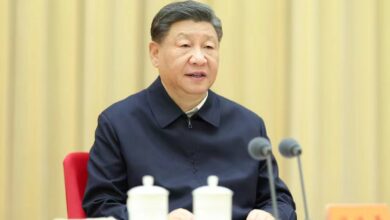Morocco: From Agricultural Land to Regional Industrial Power in Two Decades, Driven by a Forward-Looking Royal Vision

By: Iman Alaoui/ ALDAR
Twenty years ago, few could have imagined that Morocco — once a country primarily reliant on agriculture — would rise to become a burgeoning industrial power, competing with, and even surpassing, major manufacturers in its regional surroundings. Today, Morocco stands at the forefront of African nations in the fields of manufacturing and exports, thanks to a comprehensive royal vision championed by King Mohammed VI since ascending to the throne — a vision that positioned industrialization as a key driver of economic development and comprehensive modernization.
Morocco’s economic policy has focused on laying a solid foundation for advanced infrastructure, improving the business climate, and attracting foreign direct investment, particularly in high value-added sectors. Mechanical and electrical industries, automotive and aerospace manufacturing, textiles, pharmaceuticals, and renewable energy are among the leading areas where Morocco has excelled over the past two decades.
This transformation was far from random — it was the result of ambitious industrial programs that began with the “Industrial Emergence Pact” in 2005, followed by the “Industrial Acceleration Plan” launched in 2014. These initiatives fostered the development of integrated industrial ecosystems that link local manufacturers with global suppliers, thereby increasing local content integration and creating tens of thousands of jobs.
The numbers clearly reflect this shift: in the automotive sector, Morocco has become the leading car producer in Africa, with a production capacity exceeding 700,000 units annually, most of which are exported to Europe. In aerospace, Morocco is now a key supplier of aircraft components to global giants like Boeing and Airbus, through a specialized industrial zone in Nouaceur near Casablanca.
This industrial strategy has been accompanied by massive logistical development, most notably the Tanger Med Port, which now ranks among the top global ports in terms of connectivity and capacity. The port has become a strategic hub for international trade and an even greater magnet for global investors.
Importantly, this industrial momentum has also taken into account the social dimension. It has generated stable employment opportunities for youth and contributed to a more balanced geographic distribution of investments, particularly by promoting manufacturing in regions beyond the traditional Casablanca-Rabat axis — including Fès-Meknès, Souss-Massa, and Laayoune-Sakia El Hamra.
Perhaps most significantly, this transformation has taken place amid rapidly shifting global dynamics, where industrial sovereignty has become a top priority for nations. Morocco has successfully positioned itself as a trusted industrial partner and a source of industrial security for both Europe and Africa.
What Morocco has accomplished in such a short time is a model worth emulating — not just across Africa, but globally. The country has managed to combine political stability, strategic planning, and economic openness within a developmental project led by King Mohammed VI, making Morocco a central player in the emerging global economic order.





